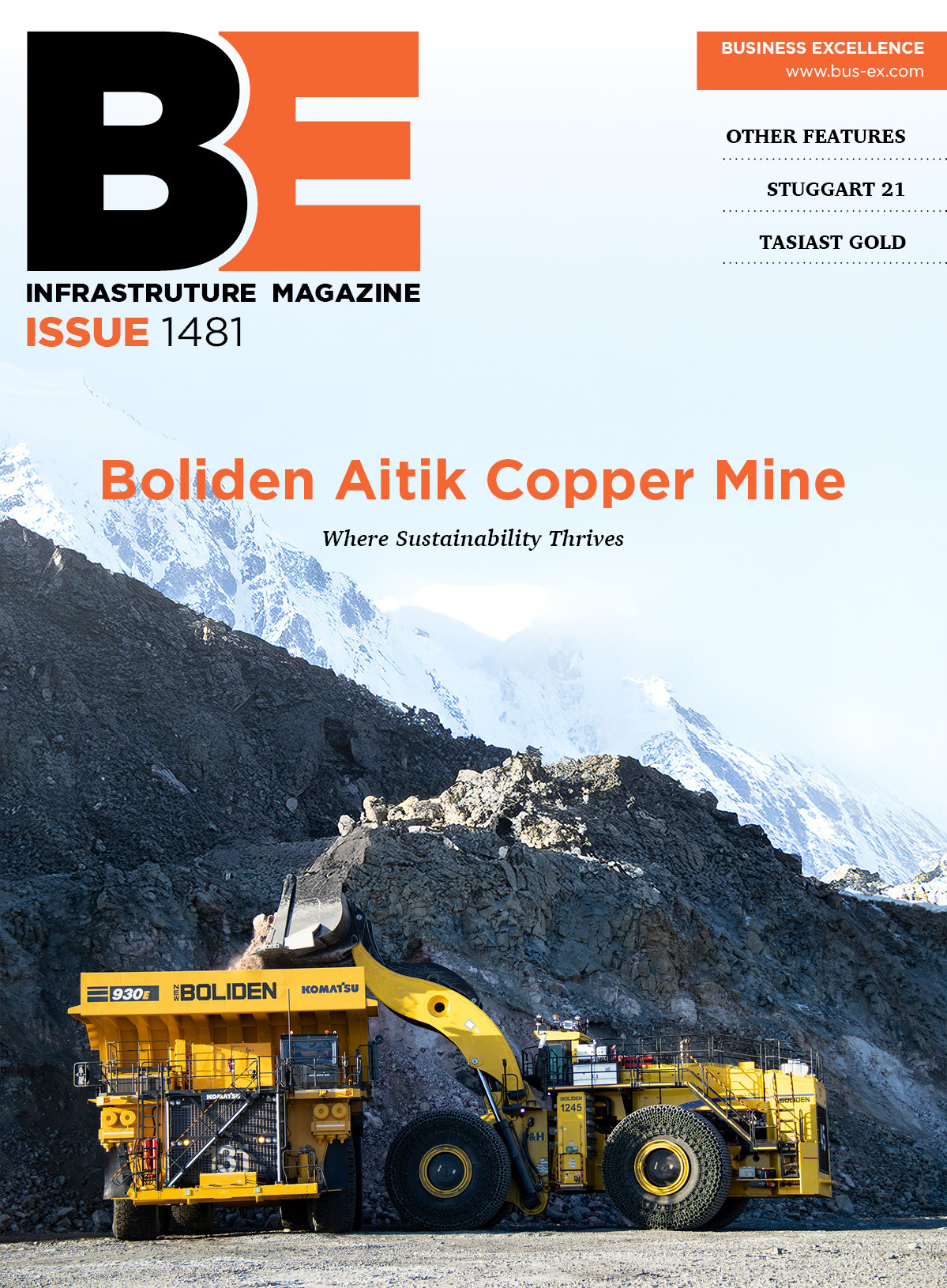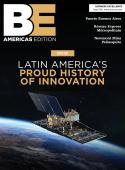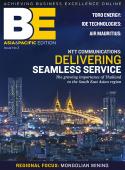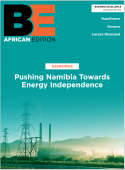The sign of the black angel
AIM-listed exploration and mining company Angus and Ross has interests in Brazil and Australia but is currently focused on Greenland, where it intends to exploit newly discovered zinc resources.
Base metals have been having a bad time on the metal exchanges, a situation caused by the global trade downturn that has concentrated the minds of major importers. China, the engine of world manufacturing, has become critical in determining the state of global supply; and once demand for its products started to decrease, it inevitably fell back on its considerable reserves. But itÔÇÖs an ever-changing situation, and the Chinese government-controlled information agency Beijing Antaike has noted that higher output of Chinese galvanized steel in the first half of the year due to the growth in the local automobile and construction sectors resulted in increased zinc consumption.
 
This rather confirms a trend on which the business strategy of Angus and Ross (A&R) depends. Like many mining companies, it has been set up and sustained by the prospect of developing its assets and being ready to meet demand when that comes back. It has generated no income since its flotation and operates on share issues and bank loans, a situation that shareholders are happy to support as long as prospects remain good. And despite the distinctly chilly economic environment, those prospects are excellent.
 
Zinc reserves are being used up, so 2010 should see demand coming back. As early as November 2008, chairman Robin Andrews admitted that zinc was trading at a levelÔÇö around $1,200 a tonneÔÇöthat made the majority of zinc production throughout the world uneconomic. ÔÇ£Indeed, the last six months has seen the closure of mines and postponement of new projects across the world,ÔÇØ he said. However, this was a direct result of a perception in the market that there would be surplus stocks into 2010. That perception will soon evaporate, he thought. ÔÇ£As the world economy recovers there will be a realisation that deficits could be ahead. The zinc price has been declining longer than any other metal. Hence it is likely to recover firstÔÇöespecially as the effects of shut downs in production start to be felt.ÔÇØ
 
He was right. The global metal consultancy GFMS expects zinc to be trading in a range between $1,450 and $2,000 per tonne from August to November 2009. This will gladden the hearts of A&RÔÇÖs financial backers, since the companyÔÇÖs principal today is on its wholly-owned subsidiary Black Angel Mining, a company formed to re-open the Black Angel zinc mine in West Greenland and to confirm the existence of significant quantities of zinc and lead within its 259 square-kilometre licence area.
 
The Black Angel project is halfway up the west coast of Greenland. It is a zinc and lead mine, which operated between 1973 and 1990 and was owned first by Cominco of Canada and more recently by Boliden of Sweden. During this 17-year period, nearly 12 million tonnes of ore were extracted from the mine, yielding approximately 12 per cent zinc and four per cent lead. The mine closed in 1990, leaving behind approximately two million tonnes, mainly in the pillars. The mine, which is approximately five kilometres long, is located inside the Black Angel mountain and its entrance is on a cliff face 600 metres above the fjord level.
The projectÔÇÖs latitude and height above sea level meant that it was reached by a cable car system, and A&R is currently in the process of reinstating that cable car for future operations. Initial drilling in 2007 and 2008 revealed that there was over two million tonnes more ore in the mine, so in February 2008 the company commissioned an independent feasibility study on the basis of which it applied for a 30-year mining licence in the name of Black Angel Mining. Phase one of the project is expected to last for five years and be followed by a second phase concentrating on the new discoveries near the mine.
The results of exploration so far are encouraging. The most promising areas are the South Lakes Glacier deposit and the Deep Ice Zone, a remote area of the Black Angel mine exploited by Cominco and famous for its very high grades. The way previous exploration was done, with widely spaced holes drilled from the surface, mean that if it combines further exploration with improved mine access by driving a tunnel through these areas, it can recreate the original productivity of this mine, the company believes.
Phase one will concentrate on the development of infrastructure and extraction of the pillars from the old mine, using backfill techniques modelled on practices developed by Golders of Vancouver at Doe Run in Missouri. The feasibility study presumed that the ore would be taken to Europe for milling but the fall in metal prices since then makes that a less attractive option. Now, the plan is to concentrate the ore on-site, at a considerable cost saving.
Meanwhile, A&R has just announced the purchase of a gold mine, also in Greenland. Nalunaq Mountain is in south Greenland, where the climate is mild enough to allow year-round operation, though ice has occasionally delayed the ships that take the ore away for processing. The mine, GreenlandÔÇÖs first, was officially opened in August 2004 after nearly 10 years of exploration and development. In the year ended June 2006 its previous owner Crew Gold invested $2.5 million in Nalunaq, and in the same period it produced more than 74,000 ounces of gold out of 42,000 tonnes of ore.
This mine was Crew GoldÔÇÖs stepping stone to becoming a mid-size gold producer; in the case of A&R, which has purchased the mine from Crew Gold for ┬ú1 million, the objective is to generate cash flow to sustain its long-term zinc aspirations at the Black Angel mine. The company hopes to restart mining at Nalunaq in the third quarter of 2009 and says it expects to produce gold at the rate of 35,000 ounces a year over the next ten years, with anticipated current costs of $600 per ounce, against todayÔÇÖs $870 market price. A&R predicts that will give Nalunaq a mine life of ten years. Chief executive officer Nicholas Hall, who joined the company last year, says the Nalunaq deal represents an excellent opportunity for A&R to establish positive cash flow with the minimum delay.┬á









